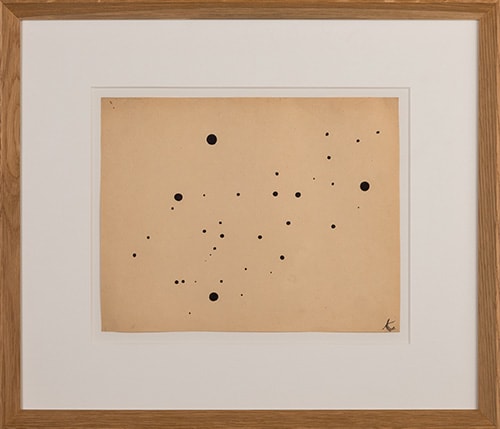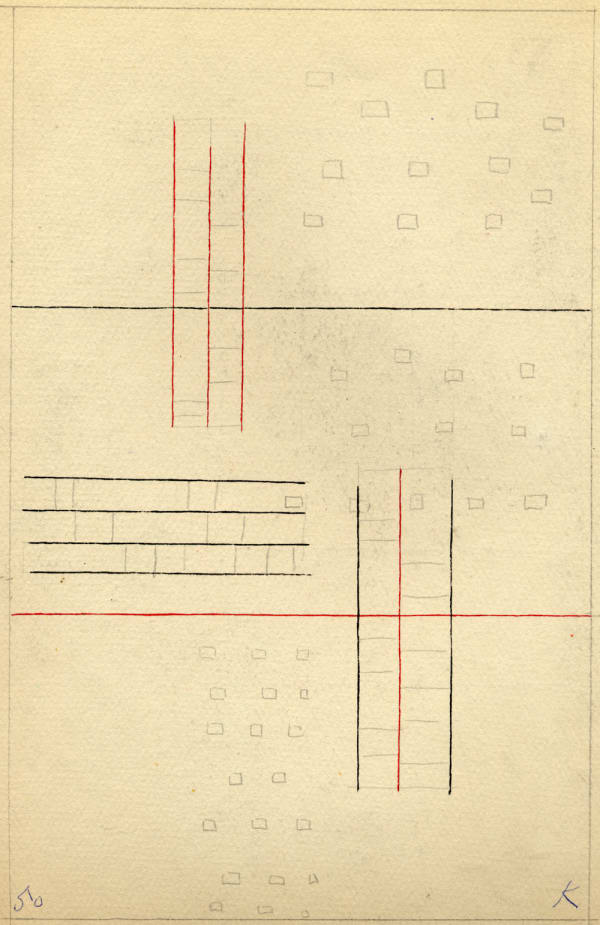GEORGES KOSKAS
Koskas, was born in Tunisia in 1926 and settled in Paris in 1946. One of the most original representatives of geometric abstraction in France in the 1940s and 1950s, Koskas appeared pioneering and radical because he pursued an extremely free and poetic inspiration. It infused his paintings with an airy finesse not seen elsewhere.
In the 1950s, he experimented with dots and the resulting paintings rapidly brought him fame. They still remain one of the purest expressions of the Parisian avant-garde of that time. However, by 1955, his repertoire had evolved more towards informal art, and then in the late fifties, quite unexpectedly, Koskas made a bold return to figurative art.
Driven by his absolute need for freedom, Koskas claimed preeminence of sensitivity and inspiration. He saw no contradiction between his abstract paintings and his later works, shimmering with light, in which animated shorelines and elegant figures blossom like flowers, recalling the memories of Matisse and Pascin with no other dogma than the pure freedom of the poet.
Koskas also illustrated several literary works and created the film sets for Goha le simple, directed by Jacques Baratier, in 1957, and Baratier’s La Poupée, shot in 1962, based on a novel by Jacques Audiberti.
Much later, in the late 1970s, he and Eva Rodgold created photo-paintings. And in 1981 he published a photo-story titled 4, 5, 8, 9. Portraiture, which had always been central in Koskas’s work, right from his earliest Tunisian pieces, continued to make astounding appearances.






